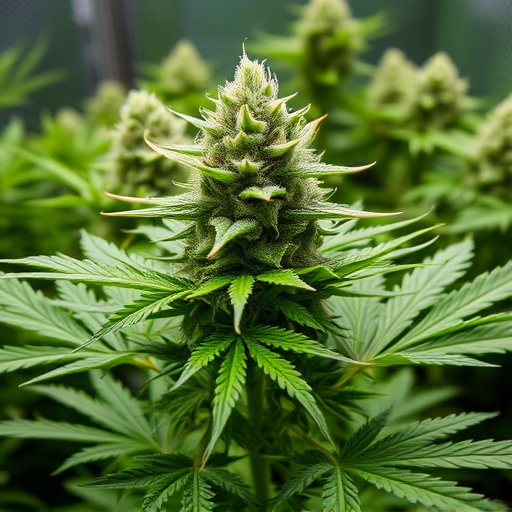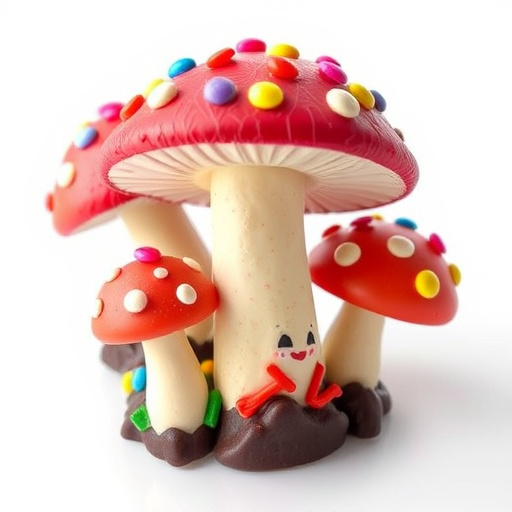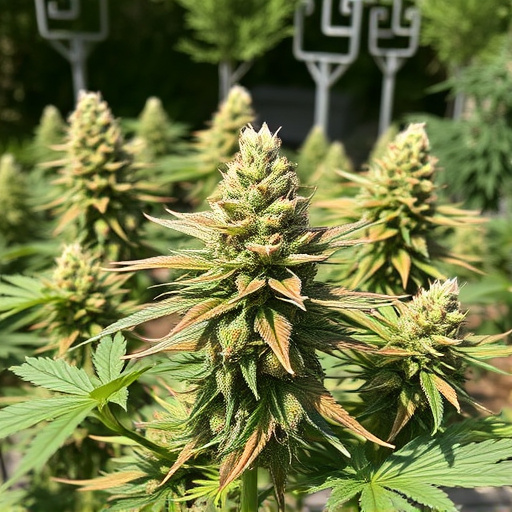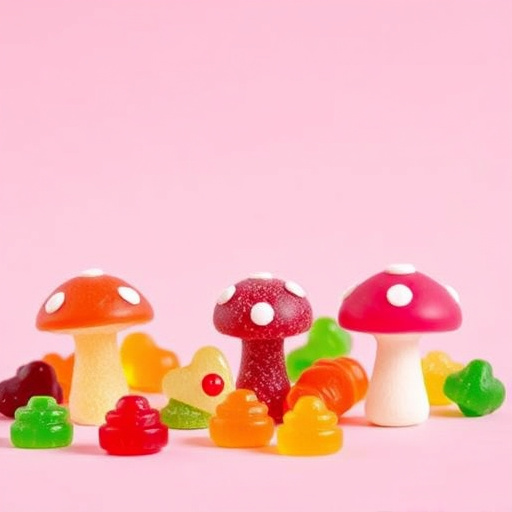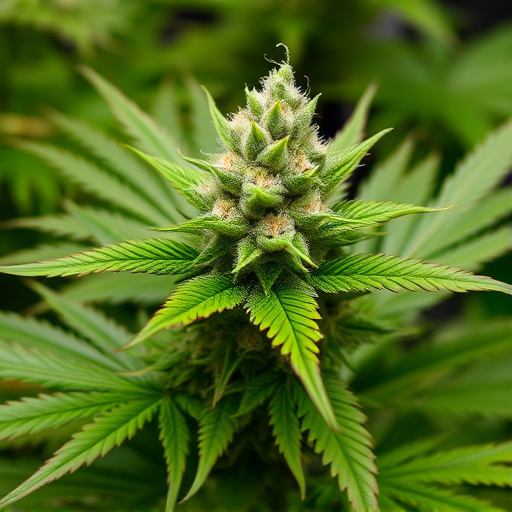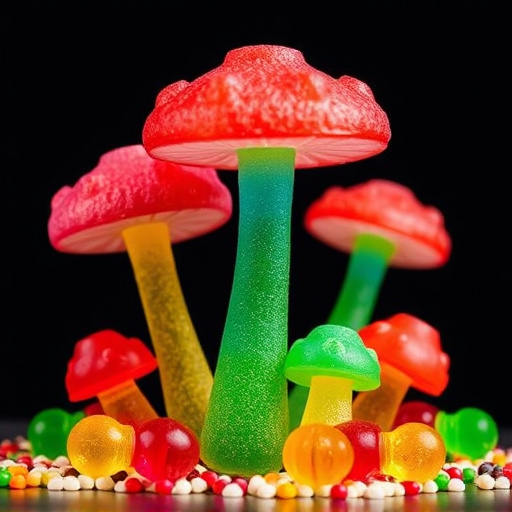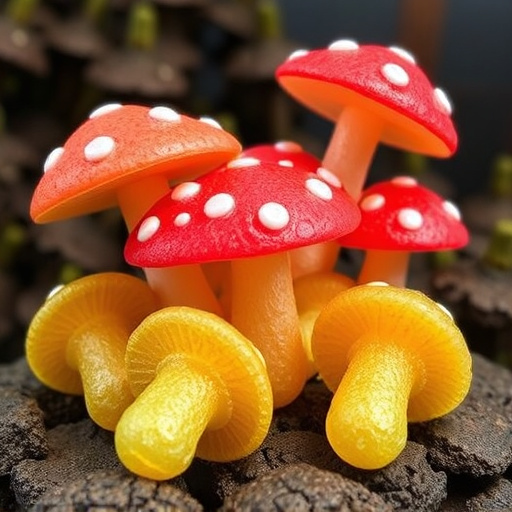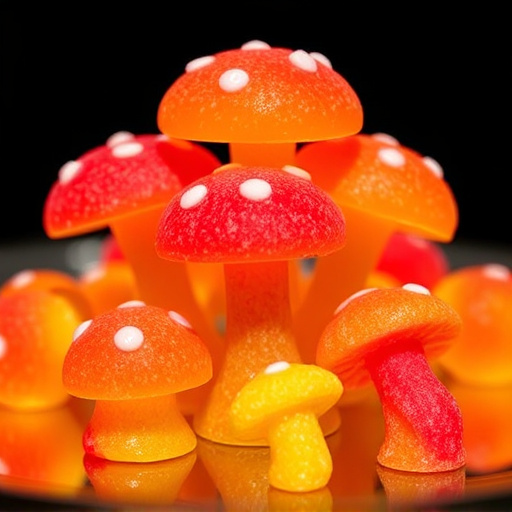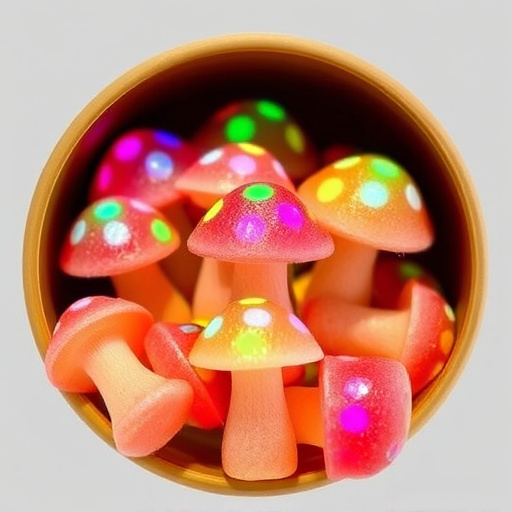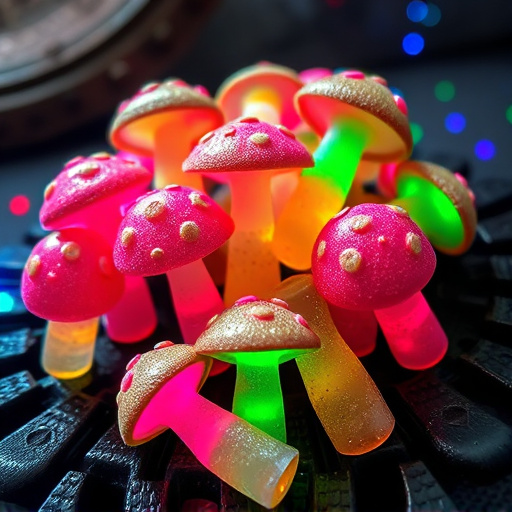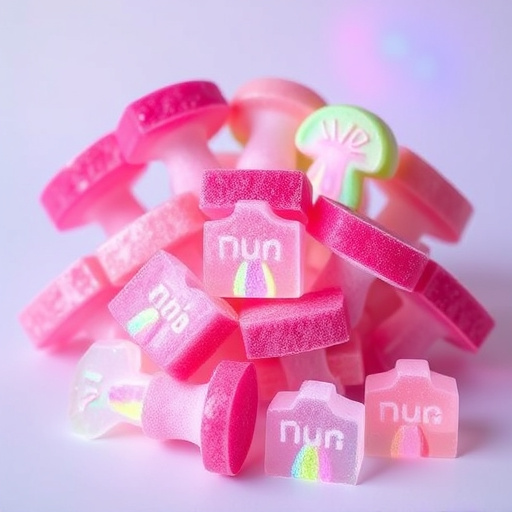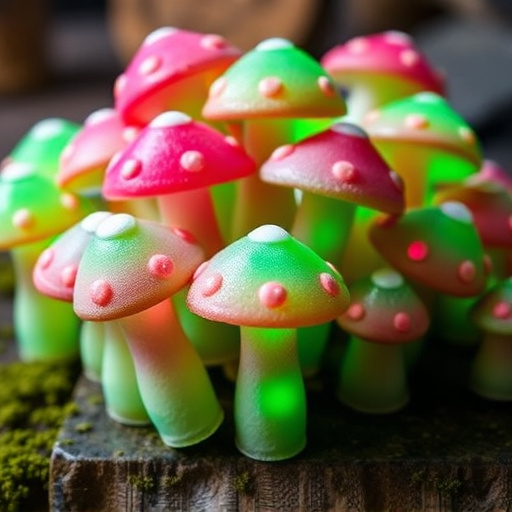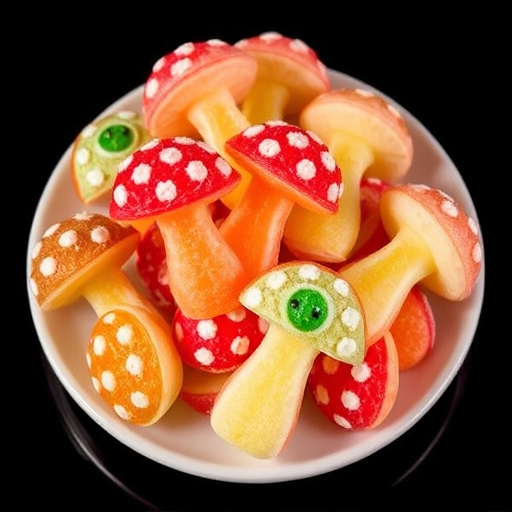The history of magic mushroom gummies usage traces back to recent years, with roots in Indigenous cultural practices dating back thousands of years and modern exploration beginning in the 1960s-70s. Today, these gummies offer a convenient, discrete way to experience psilocybin's entheogenic properties, capitalizing on both historical cultural heritage and contemporary therapeutic interest. They are widely accepted in mental health treatment and wellness industries due to improved production techniques and changing regulations.
“Uncover the captivating journey of magic mushrooms, from their ancient roots to modern innovations. This article delves into the historical consumption of psilocybin mushrooms across cultures, tracing its evolution towards the popular edible form: gummies. We explore how this delivery method has revolutionized the experience, especially with the rise of vegan options. By examining various vegan magic mushroom gummy choices available today, we uncover the benefits of this approach and its growing appeal in the market, reflecting a harmonious blend of tradition and contemporary trends.”
- A Historical Journey of Magic Mushroom Consumption
- – Explore ancient and cultural uses of psilocybin mushrooms
- – Mention early adoption in psychedelic research and therapy
A Historical Journey of Magic Mushroom Consumption
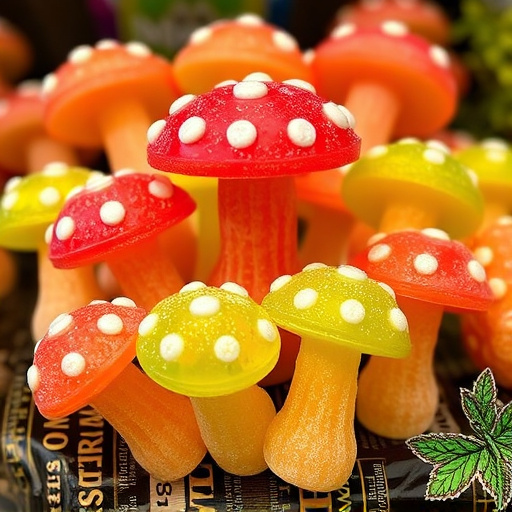
The practice of consuming magic mushrooms, or psilocybin fungi, has a deep and intriguing history that stretches back centuries. Indigenous cultures worldwide have long recognized the entheogenic properties of certain mushroom species, integrating them into their spiritual practices, rituals, and healing traditions. These ancient communities utilized psilocybin-containing mushrooms for their perceived ability to induce altered states of consciousness, enhanced creativity, and profound spiritual experiences.
In terms of history of magic mushroom gummies usage, the concept is relatively newer but has gained significant traction in recent years, especially within the vegan community. Modern interest in these natural psychedelics has led to innovative product developments, such as gummies, which offer a convenient and discrete way to experience psilocybin’s effects. Vegan options have further appealed to individuals seeking alternative, plant-based alternatives for their well-being and spiritual exploration, drawing from the rich cultural heritage of mushroom consumption throughout history.
– Explore ancient and cultural uses of psilocybin mushrooms
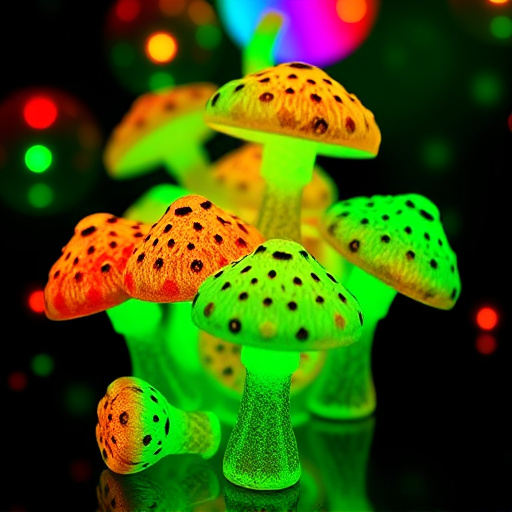
Psilocybin mushrooms, often referred to as “magic” mushrooms, have a rich history and cultural significance dating back thousands of years. Indigenous peoples around the globe have traditionally used these fungi for their medicinal and spiritual properties. In many ancient cultures, psilocybin mushrooms were incorporated into rituals, believed to facilitate communication with the spirit world, promote healing, and enhance spiritual awareness.
The use of magic mushrooms has been documented in various Native American tribes, Mesoamerican civilizations, and even in ancient Greece and Rome. These fungi were often used in ceremonial settings, where their effects were seen as a means to access altered states of consciousness, fostering profound insights and transformative experiences. The cultural importance of psilocybin mushrooms extends beyond history; modern-day practices and research are revisiting these ancient uses, exploring the potential therapeutic benefits of these natural compounds in a contemporary context.
– Mention early adoption in psychedelic research and therapy

The history of magic mushroom gummies usage traces back to early adoption in psychedelic research and therapy. In the 1960s and 70s, researchers began exploring the therapeutic potential of psilocybin, the active compound found in magic mushrooms. This period saw pioneering studies that demonstrated psilocybin’s ability to facilitate mental health treatment, including alleviating symptoms of depression, anxiety, and post-traumatic stress disorder (PTSD). As a result, interest grew in developing novel delivery methods to make these compounds more accessible and user-friendly. Enter magic mushroom gummies—a modern twist on traditional psychedelic therapy.
Gummies offer a discreet, palatable, and easily dosed alternative to the often challenging administration of pure psilocybin. Over time, as production techniques improved and regulations changed, vegan magic mushroom gummies became a popular choice among both medical professionals and recreational users seeking a more convenient and ethical option. Today, these gummies continue to gain traction in the mental health space and the broader wellness industry, fueled by growing acceptance and a desire for alternative therapeutic approaches.
The history of magic mushroom consumption stretches back millennia, with evidence suggesting their use in ritual and medicinal practices across various cultures. As we’ve explored, psilocybin mushrooms have been a part of humanity’s collective consciousness for centuries. Today, the integration of magic mushrooms into modern wellness continues to evolve, particularly through innovative forms like vegan gummy options. This blend of ancient wisdom and contemporary practices reflects a growing interest in exploring psychedelic-assisted therapy and holistic well-being, signaling a promising future for both the historical use and accessibility of magic mushroom gummies.
